

Planetary Classification
 Planets are classified based on their geophysical and enviornmental characteristics.
Planets are classified based on their geophysical and enviornmental characteristics.
Orbital Zones
A star system is divided into a number of zones that describe the impact the star has on planetary characteristics.
Red Zone
Heat and gravity prevent planetary formation
Yellow Zone
Planets can form but not liquid water, except for tidally-locked planets where water or ice might form on the planet’s dark side.
Green Zone
(Also known as the biozone). Temperature permits liquid water and therefore capable of supporting carbon-based life.
Blue Zone
Too cold for liquid water but permits atmospheric ammonia or methane.
Planet Classes
The following classes are most commonly used to classify planets.
Class A Geothermal
Age: 0-2 billion years.
Diameter: 1,000 - 10,000 km.
Location: Usually located in either the green or blue zones.
Surface: Partially molten.
Atmosphere: Contains primarily hydrogen compounds. Cools to become Class C.
Class B Geomorteous
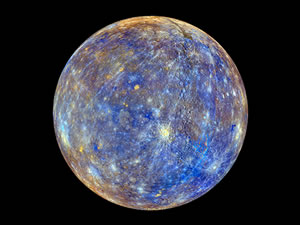 Age: 0-10 billion years.
Age: 0-10 billion years.
Diameter: 1,000 to 10,000 km.
Location: Yellow zone.
Surface: High surface temperature (may be partially molten) and may feature active volcanoes.
Atmosphere: if any, extremely tenuous with few active gases.
Examples: Mercury
Class C Geoinactive
Age: 2 to 10 billion years
Diameter: 1,000 to 10,000 km.
Location: Primarily found in the blue zone, may be found in the green zone.
Surface: Low surface temperatures.
Atmopshere: Unbreathable atmosphere (may be frozen).
Example: Pluto
Class D Rocky Planetoids
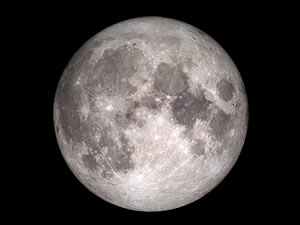 Age: 2-10 billion years.
Age: 2-10 billion years.
Diamater: 100-1000km.
Location: Primarily found in orbit of larger bodies or in the asteroid field of the star system.
Surface: Barren and cratered.
Atmosphere: Very tenuous if there is one at all.
Example: Luna
Class E Geoplastic
Age: 0-2 billion years.
Diameter: 10-15,000 km.
Location: Green zone.
Surface: High surface temperature, motlten surface
Atmosphere: Hydrogen compounds and reactive gases.
Evolution: Cools to become Class F
Class F Geometallic
Age: 1-3 billion years.
Diameter: 10-15,000km.
Location: Green zone.
Surface: Actively volcanic
Atmosphere: Containss hyrdogen compounds.
Evolution: Cools over time to evolve into Class G planets.
Lifeforms: Theoretically supports silicon based life.
Class G Geocrystaline
Age: 3-4 billion years old.
Diameter: 10-15,000km.
Location: Green zone.
Surface: Still crystalizing.
Atmosphere: Contains carbon dioxide and other toxic gases.
Evolution: Class G planets cool over time to evolve into Class N, O or P worlds.
Lifeforms: If any, would be primitive single-celled organisms.
Class H Desert
Age: 4-10 billion years.
Diameter: 10-15,000 km.
Location: Yellow, green or blue zones.
Surface: Hot and arid with little or no surface water.
Atmosphere: May contain heavy gases and metal vapors.
Lfeforms: May support drought and radiation-tolerant flora and fauna. Inhabitable by humanoids with standard habitation technology and external supply of water.
Class I Gas Supergiant
Age: 2-10 billion years old.
Diameter: 140,000 - 10 million km.
Location: Blue zone.
Surface: Tenuous, comprised of gasesous hydrogen and hydrogen compunds; radiates heat.
Atmopshere: Atmospheric zones vary in temperature, pressure and composition. Water vapour may be present.
Class J Gas Giant
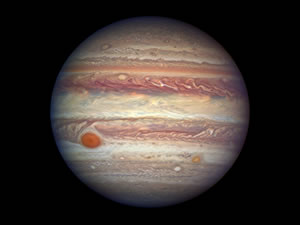 One of the most common planetary classes.
One of the most common planetary classes.
Age: 2-10 billion years old.
Diamater: 50-140,000km
Location: Blue zone.
Surface: Tenuous, comprised of gasesous hydrogen and hydrogen compunds; may radiate some heat.
Atmosphere: Atmospheric zones vary in temperature, pressure and composition.
Examples
- Jovian: Gas giants such as Jupiter
- Subjovian: Smaller gas giants (eg Neptune, Uranus)
Class K Adaptable
 Age: 4-10 billion years old
Age: 4-10 billion years old
Diameter: 5-10,000km.
Location: Green zone.
Surface: Rocky, barren, with only trace amounts of water.
Atmopshere: Thin, mostly carbon dioxide.
Lifeforms: If any, are limited to single-celled organisms and algae. Class K planets are suitable for human colonization through terraforming.
Examples: Mars
Class L Marginal
Age: 4 to 10 billion years.
Diameter: 10-15,000 km.
Location: Green zone.
Surface: Rocky, barren, with little water.
Atmosphere: Oxygen/argon with a high concentration of carbon dioxide.
Lifeforms: If any, are limited to flora. Class L planets are suitable for human colonization with some terraforming.
Class M Terrestrial
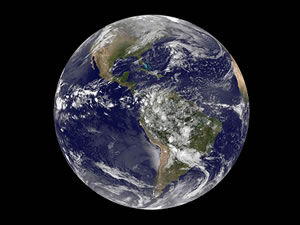 Age: 3 to 10 billion years
Age: 3 to 10 billion years
Diameter: 10-15,000 km.
Location: Green zone.
Surface: Relatively thin tectonic layer floating on a molten rock mantle, usually with active volcanoes present. Abundant surface water.
Atmosphere: Contains oxygen/nitrogen with other trace gases.
Lifeforms: Likely to support carbon-based flora and fauna.
Examples: Earth
Class N Reducing
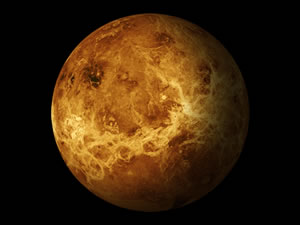 Age: 3 to 10 billion years.
Age: 3 to 10 billion years.
Diameter: 10-15,000 km.
Location: Green zone..
Surface: Barren and rocky, surface temperatures usually high due to an intense greenhouse effect. Water exists, but only as vapor.
Atmosphere: Extremely dense containing carbon dioxide and sulfides.
Examples: Venus
Class O Pelagic
Age: 3 to 10 billion years
Diameter: 10-15,000 km.
Location: Green zone..
Surface: Water covers more than 80% of surface.
Atmosphere: Class M-like, with oxygen/nitrogen and other trace elements.
Lifeforms: Likely to support primarily flor a and fauna, with little land mass to evolve surface creatures.
Class P Glaciated
Age: 3 to 10 billion years old.
Diameter: 10-15,000 km.
Location: Extreme edge of green zone.
Surface: Extreme abundance of water, much of it is frozen in ice, covering more than 80% of the surface.
Atmosphere: Class M-like with oxygen, nitrogen, and other trace elements.
Lifeforms: May support hardy flora and fauna surviving in the tundra.
Class Q Variable
Surface and atmospheric charcteristics of these planets are changeable due to eecentric orbit or variable output of star.
Age: 2-10 billion years.
Diamater: 4-15,000 km.
Location: Yellow, green or blue zones.
Surface: Ranges from molten to water and/or carbon dioxide ice.
Atmosphere: Ranges from tenuous to very dense.
Class R Rogue
Age: 2-10 billion years.
Diameter: 4-15,000 km
Location: Interstellar space.
Surface: May be temperate due to geothermal venting.
Atmosphere: Primarily volcanic outgassing.
Lifeforms: May support non-photosynthetic flora, fauna.
Class S Ultragiant
Age: 2-10 billion years
Diamater: 10-50 million km.
Location: Blue zone.
Surface: Tenuous, composed of gaseous hydrogen and hydrogen compounds; radiates considerable heat.
Atmosphere: Atmopsheric zones vary in temperature, pressure, and composition; water vapor may be present.
Class T Ultragiant (Brown Dwarf)
Brown dwarfs that orbit stars but lack the critical mass to ignite stellar fusion.
Age: 2-10 billion years.
Diamater: 50-120 million km.
Location: Blue zone.
Surface: Tenuous, composed of gaseous hydrogen and hydrogen compounds; radiates extreme heat.
Atmosphere: Extremely dense.
Class Y Demon
Age: 2-10 billion years.
Diameter: 10-50,000 km.
Location: Yellow, green, blue zones.
Surface: Temperatures exceeding 500 Kelvin. High radiation levels.
Atmosphere: Toxic (often corrosive).
Lifeforms: May support crystalline life.
Class Z Anomalous
This class is used for any planet that does not otherwise fit within the classification system.
Examples: Moons that are too small to be classified as Class D.




